
Over the past 10 years or so the clipstick has become a standard piece of equipment in the sport climber's rack. They're used by people of all standards, from beginners wanting to take their first steps safely outside, all the way through to the redpointing elite, working their way up routes. Whilst a number of products are already available, most have focussed on the clipping of bolts as their primary concern, with a secondary function of being able to clip the rope into the first quickdraw afterwards. With the Pongoose Climber 700 you have the equal ability to clip bolts, clip ropes, remove quickdraws, brush holds, and even film yourself (should you wish to).
But who, or what, are Pongoose? The name is likely to be new to everyone, and the reason for this is because they've only been in existance for around three months, and their only product is this - the Climber 700. Whilst the business may not have been around for long, the founder - Robin Rendall - has been working on this for many years (more than he'd care to think about). He and his partner Katie (who has been actively involved with the Q&A about the Climber 700 on the UKC Forums) finally brought the product to market after a lot of trial, error, testing (on their nearby cliffs on Portland), and investment - all of which was out of their own savings. Ordinarily I wouldn't put such things in a review, but I think it frames things quite nicely. This is a product from a brand of just two people - both climbers - that have designed something cool for an activity they love.
Anyhow, enough of the chit-chat - how does it fare in practice?
Clipping Bolts
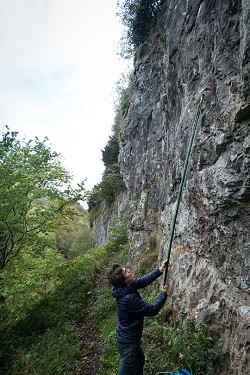
The slight peculiarity of the system is that when clipping bolts you do so on a horizontal plane. At first this seems strange, as this is the only device I can recall seeing that has ever done it this way, but it's actually quite logical, as you can look directly up the stick, still see how you're doing, where the bolt is, and whether or not you're close. Because you can vary the angle of both the head unit (through twisting universal thread adaptor) and the angle to the pole (courtesy of the lock/pivot) it makes it easy to clip even the most awkard/inverted of bolts.
All-in-all, there's little to fault so far; if anything it is an improvement on what is out there currently.
Clipping Ropes
Next up is what we would describe as the secondary function of a clipstick, as it's not what most market themselves on doing, but can actually do it anyway - even if a little know-how is required.
So, whilst there are other clipsticks and devices that have the capability of doing this, I haven't used one that is easier and more intuitive than this. By creating a loop of rope through the head unit and around the silicone beads, a bight of rope is freely available to move underneath and through the back of a quickdraw, thus enabling a quick and easy clip. Again, just to emphasise - it really is that easy (so much so that I managed to do it first go). As a quick tip, holding the ropes whilst you're doing it really helps (the same goes for clipping the quickdraw to bolts too).
In terms of compatibility here, I've done this with my 10mm workhorse all the way through to a box-fresh, dry-treated, 9.2mm and it worked on every other rope I tried it with along the way. Much like quickdraws, the compatibility here seems to be universal.
Unclipping Quickdraws
Here's another tertiary function that can be done by other devices (apparently), but really - have you ever seen anyone use it? The chances are you haven't, and you really have to ask yourself why that is. Is it because it's not really that useful? No, not at all - it's really useful! It's because no device hitherto has really managed to make it quick and easy.
This is where the Pongoose really achieves something remarkable. In fact, when I first heard about its ability to do this I was highly sceptical. Yes, I'm sure you could, but it'd clearly - at least to my reckoning - be a big faff. Thankfully the reality is very, very different. It essentially works the exact same way as clipping a rope, only you do it to the top carabiner and not the bottom. The back bar of the crab then catches on the silicone beads and pivots backwards, allowing you to lift the quickdraw off the bolt (if it doesn't lift itself, as a result of the pivoting action). Originally I had thought this would be a delicate affair, but because you've got hold of the ropes, and because of the security offered by the rubber, you can actually be quite jerky with it and it'll still work.
From a safety perspective the ability to unclip your lowest quickdraw is a big advantage, particularly for people who climb at steep crags. In fact it's arguably just as important as having your first quickdraw clipped, as stripping a route can often be just as dangerous - particularly removing the first bolt on a severely overhanging route. This function allows you to leave in the first clip, lower safely, then remove it from the ground.
Brushing
The Pongoose comes with an optional luxurious brush (£10 extra), which can be attached onto the head unit via the universal screw adaptor (the same size used by GoPro and any other camera tripod accessory). Clearly this means that you can't just use any brush, which is a little annoying, but also kind of understandable (I can't see how they'd have got around this). From here you can adjust the angle of the brush courtesy of the pivot. All that I'd say is make sure you do up both the brush and the screw on the pivot - the forces exerted tend to mean your brush moves (which is annoying, but easily remedied).

GoPro + Camera Boom
I'm not really cool enough to use a GoPro, but if you are it's there ready and waiting for you.
What I am cool enough to use (or maybe this makes me uncool) is an ordinary camera with wifi capabilities. You can attach one of these to the end of the stick and then use a remote to take photos, thus the Pongoose becomes a kind of boom pole adaptor. The final option is that you remove the whole top section, which also - you guessed it - reveals another universal camera adaptor, essentially turning the whole stick into a monopod. This is ideal if you're using heavier cameras with larger lenses, or just a fan of ad-hoc landscape photography.
Other features
There are a few other neat features worth highlighting that don't fit into the categories listed above, and I'll cover these each in turn.
Size-wise it's worth mentioning that the Climber 700 is only available in one length, which goes from 720mm (with the head fully removed) all the way up to 2.85m (including the head unit, obviously...). Being that I personally like a longer stick clipstick I find the Climber 700 a little on the short side. Its limited length means that instead of clipping the first two, or maybe even three bolts, I've often (depending on the crag) been forced just to have the first pre-clipped. That said, I am conscious that I'm actually in the minority here as the most popular clipsticks I've seen out and about are the Regular sized versions (I'll just have to agree to disagree with these people I guess). There is a benefit to the size used though as it fits in most duffel bags, making it ideal for trips abroad. Having spoken to the Pongoose team I am aware that there are plans afoot to bring out a longer version, but due to the start-up nature of the business - and the fact they're only just starting - this will be something they are hoping to release in the near future. As/when they are avaialble, you'll be able to buy the stick separately - that way enabling you to have a stick for holiday and a stick for home (should you wish to).
Another cool feature, although maybe it's a little too structural to call it a 'feature', is that the tubing is that bit thicker. The result is something that is harder wearing than anything else out there, really taking the knocks. The fastening mechanism, which I know has its doubters, also feels more solid as a result, maybe because of the matt finish used, or because the stick itself tends not to bend so much.
Moving on from the theme of durability, a neat solution has been found when it comes to clipping and carrying the stick. Rather than the need for a plastic clip, or a sling threaded around the shaft, there is a neat eyelet you can use on the head. This has several benefits, as 1) it can't unclip or come off and 2) it means that the only thing bashing/swinging into the rock whilst it's either being hauled up or clipped to your harness, is the handle - not the head (i.e. the bombproof bit). Furthermore, the pivoting head can also be used to retrieve ropes by simply moving it to its lowest position. Much like the method of carrying the stick, this is so obvious and simple a solution it's amazing no one had thought of doing this before. I guess that goes to show how few people are actually bringing out equipment such as this! Again, another clever and intuitive design from Pongoose.
Finally, it's worth emphasising that whilst the Climber 700 is unquestionably durable, accidents do happen, and if they do you can purchase any of the spares direct from Pongoose.
Overall
At £85 the Pongoose Climber 700 is definitely an investment, being more expensive than anything else on the market; however, it does a lot more than your average clipstick, or any other kind of stick, so to my mind this cost is pretty well justified. Couple this with the fact it is well made and built to last, and you've got yourself a clipstick that will last a lifetime. When it comes to functionality it couldn't be easier to use and it would be ideal for anyone, beginner and pro alike. Even the boulderer gets a look-in thanks to the addition of a brush. Were I offer offer a single complaint (and I feel like I should offer at least one gripe, even if it is only minor) it is that it would be nice to see multiple lengths; however, as a small start-up business from a couple of people who have invested everything into getting where they are now, I think the reasoning behind the single length is quite understandable.
Update Nov'19 - Pongoose Climber 1000+
It says something about the quality of a product when the only drawback you can find is that "it would be nice to see multiple lengths". Pongoose undoubtedly did something magic when they designed the Climber 700 3-in-1 Clipstick, insofar as they went back to the drawing board in what a clipstick should (and could) be, and designed it again from the ground-up. The result is something that offered unparalleled performance and did so in a breathtakingly simple way, without moving parts or anything that could possibly go wrong. I could go on, but if you've read the review above then none of this will be new to you. If you haven't, I'd highly recommend doing so, as it provides a good background to the product, its design, and its creators (who - incidentally - are lovely).
The 1000+ features the same design for the most part, but differs in two ways: length and rigidity. The original extended to a maximum of 2.85m, which is fine if you want to clip the first bolt, but less fine if you were trying to clip as many quickdraws as you could from the ground. The 1000+ extends to a whopping 4.3m, which is a genuine figure too, as you can - unlike some other clipsticks - extend each section fully due to the 1000+s sturdier pole design.
Overall I would describe this as a highly desirable feature for those like me who want as many quickdraws in as possible before they leave the ground, but obvioulsy it has its drawbacks. It's heavier (800g vs. the 700s 600g) and it obvioulsy doesn't collapse quite as far (1.2m vs. the 700s 72cm); however, throughout 99% of my UK climbing I would take the extra weight, and the longer pole, because at the end of the day I'd prefer to get more clips in. On foreign visits the lighter and more compact 700 is always there and - for those who are curious - you can buy the pole units separately, so if you've got one you can always get the other at a competitive rate, which leads us neatly onto the matter of price...
The 1000+ comes in at £89, a mere £4 more than the 700. Whilst they're both undoubtedly an investment, they are a premium product and one that is likely to last a lifetime's worth of climbing (especially with the increased sturdiness of the 1000+ pole - although I'd be very impressed if you managed to break a 700, as they too are bombproof).
With that in mind I am happy to rescind my only criticism of the original and can now say that between the 700 and the 1000+ Pongoose has the perfect product.
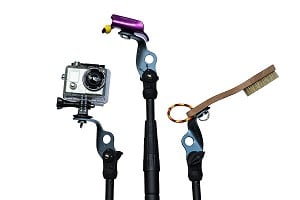
The Pongoose Climber 700 is the one item that's been missing from your sport climbing and bouldering gear. You can now say goodbye to fearful lead climbing and struggling to brush high up holds, and become the confident climber you always aspired to be.
The Pongoose Climber 700 is the first multi-directional clipstick and brushing stick that also transforms into an action camera boom and monopod, and retrieves quickdraws. Essentially a multi-tool with interchangeable, removable heads, you can rely on the Pongoose Climber 700 to be a go-to part of your climbing adventures.Available in 4 colours.

For more information visit www.pongoose.com





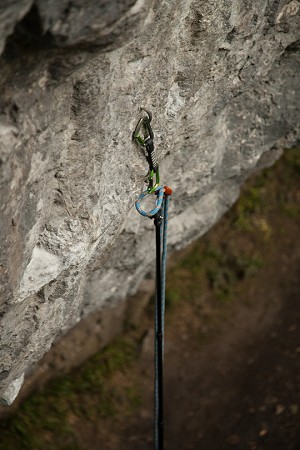
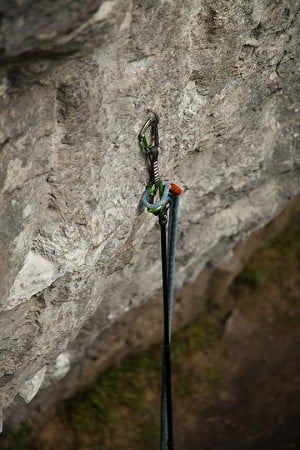
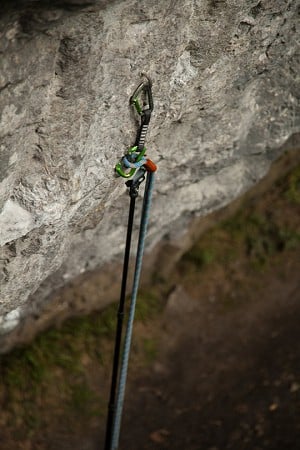
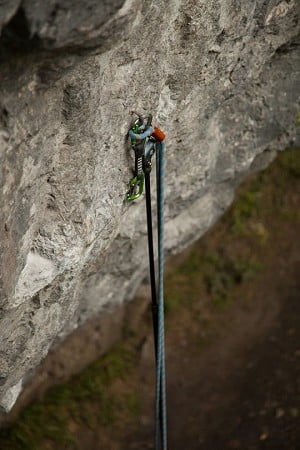
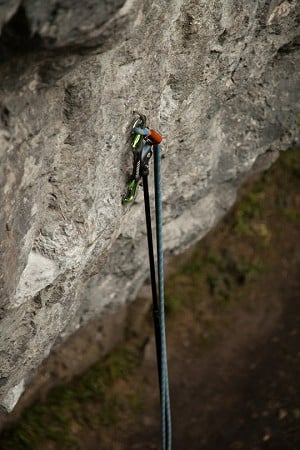
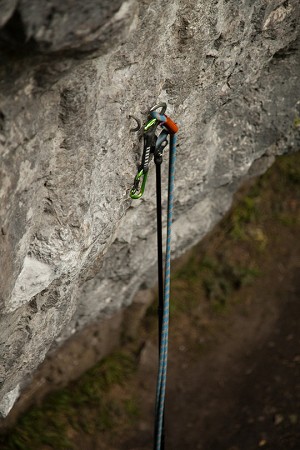
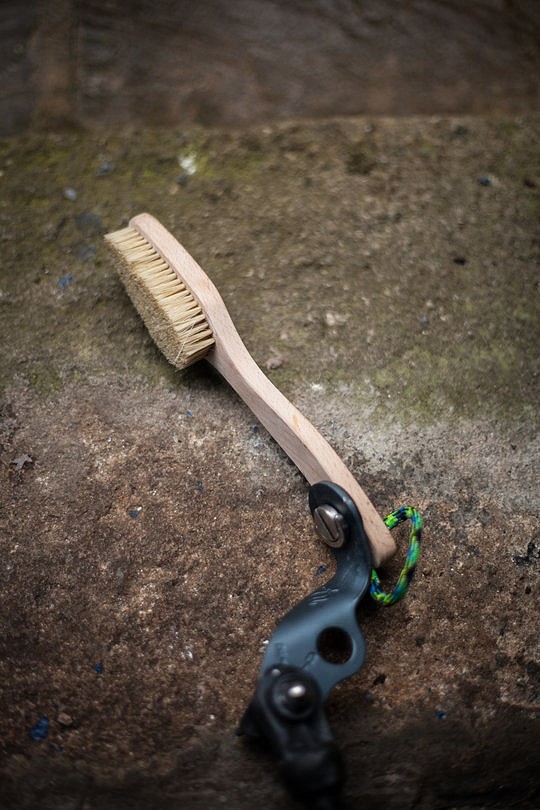



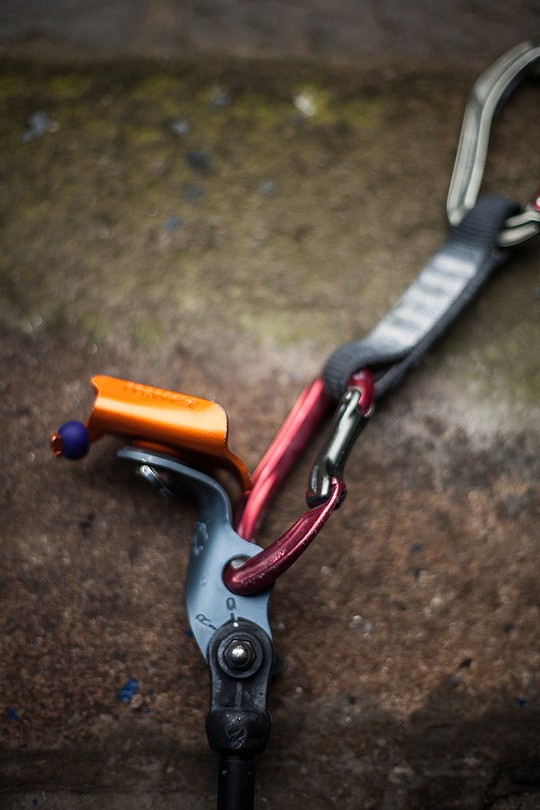






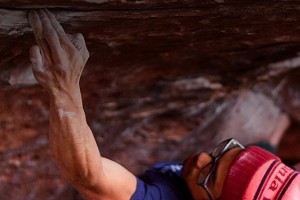
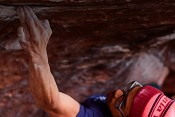


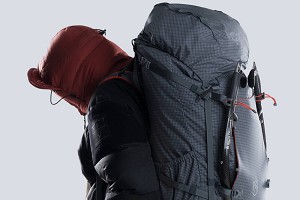
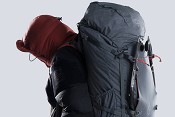



Comments